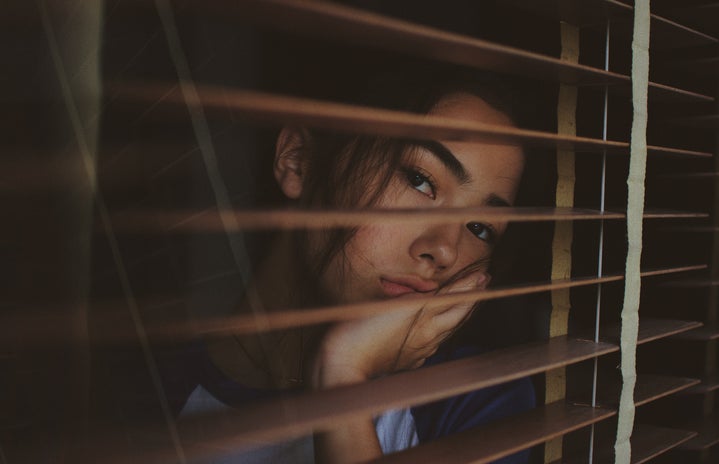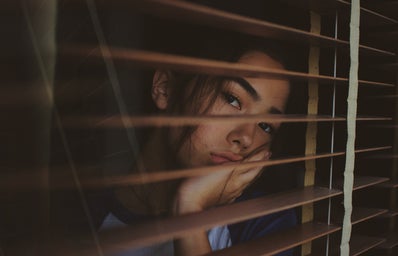It’s that time of year. Daylight is at an all-time minimum, Seattle is rainy more days than not, and it’s all being exacerbated this month with online classes in full swing. Like many Washingtonians, and probably tons of other UW students, you might be feeling especially blue this winter season. As you may know, this is quite common; it’s called SAD (a fitting name), or seasonal affective disorder, and its symptoms include a seasonal pattern of persisting sadness, excess fatigue or loss of interest, and difficulty sleeping or eating.
If you feel like you may be experiencing some symptoms of SAD, read on to see what you can be doing this quarter to combat it:
- Get as much sunlight as possible
-
Getting as much sun as possible is super important for battling SAD. SAD is mostly a product from not getting enough sunlight during the fall and winter months, so staying cooped up inside during the day can make the condition worse. In order to alleviate the symptoms you may be feeling, try going outside for at least a little bit everyday and keep your blinds open when you’re inside. Artificial lighting can be jarring and not helpful, so make sure you sit by a window even when inside.
- Exercise!
-
Exercising is a great way to boost your mood, and it’s scientifically proven to work. Getting your blood pumping releases endorphins, which work to make you feel better and more energetic. Try doing a simple exercise regimen from YouTube, some light yoga, or go for a walk outside when the weather isn’t horrible.
- Set a sleep schedule
-
Sleeping is an extremely important part of your mental health, as a regular sleep schedule can have you feeling more energetic and ready for the day. Sleeping at the same time and waking up consistently everyday can improve your circadian rhythm, and expose you to more sunlight. Avoid oversleeping or napping during the day to make sure to get the most out of the daylight.
- Get enough Vitamin D
-
Vitamin D is an important vitamin for a multitude of functions in your body, from bone health to blood pressure. Our usual supply comes from the sun, and you can find more information about its relation to your health here. Since daylight is low and fleeting during the fall and winter months, it can be helpful to take Vitamin D supplements during this time. People with SAD are often found to have low Vitamin D levels, which may be a risk for depressive symptoms.
Of course, if you’re feeling the symptoms of SAD at a level that seems uncomfortable or too much to function normally, please seek some help. Many people in our area are affected by the small amount of daylight we receive, so don’t be afraid of advocating for yourself when you need it. We know that the pandemic and the re-emergence of online classes probably isn’t helping anyone’s mental health, so we hope that this list gives you an idea for some fun (safe) things to do to boost your mood. Wishing you happier days, Huskies! Hang in there — spring is just a couple of months away!
Sources:
https://www.everydayhealth.com/depression/treatment/ways-to-ease-seasonal-depression/
https://health.clevelandclinic.org/3-best-strategies-help-fight-seasonal-affective-disorder/


